Home>Furniture & Design>Bathroom Accessories>What Is Underneath A Bathtub


Bathroom Accessories
What Is Underneath A Bathtub
Modified: March 6, 2024
Discover what lies beneath your bathtub with our range of high-quality bathroom accessories. Find the perfect solution for your bathroom renovation project.
(Many of the links in this article redirect to a specific reviewed product. Your purchase of these products through affiliate links helps to generate commission for Storables.com, at no extra cost. Learn more)
Introduction
When you step into a bathroom, the bathtub often takes center stage, offering a sanctuary for relaxation and rejuvenation. However, have you ever wondered what lies beneath the surface of this essential fixture? The structure and components hidden underneath the bathtub play a crucial role in its functionality and durability. In this article, we will delve into the often-overlooked aspects of a bathtub, exploring the support frame, drainage system, and insulation. By gaining insight into what is underneath a bathtub, you will develop a deeper appreciation for this everyday amenity and understand the importance of its hidden elements. Let's embark on a journey to uncover the secrets concealed beneath the serene surface of the bathtub.
Key Takeaways:
- Beneath the serene surface of a bathtub lies a carefully engineered structure, support frame, drainage system, and insulation. These hidden elements ensure durability, stability, and a tranquil bathing experience.
- The bathtub’s support frame provides stability and anchoring, the drainage system ensures efficient water removal, and insulation and soundproofing enhance comfort. Together, they create a sanctuary for relaxation and rejuvenation.
Read more: Why Is My Bathtub Leaking Underneath
The Bathtub Structure
The bathtub, a staple of modern bathrooms, is not merely a standalone vessel for bathing; it is a carefully engineered structure designed to withstand the rigors of daily use while providing comfort and functionality. Understanding the bathtub's underlying structure sheds light on its durability and performance.
At its core, the bathtub structure comprises a durable shell that forms the basin where water is held. This shell is commonly made from materials such as acrylic, fiberglass, porcelain-enameled steel, or cast iron. Each material offers distinct advantages in terms of durability, heat retention, and ease of maintenance. The choice of material influences the overall strength and longevity of the bathtub.
Furthermore, the shape and design of the bathtub play a pivotal role in its structural integrity. Whether it's a classic alcove tub, a freestanding soaking tub, or a modern whirlpool tub, the design must account for weight distribution and stress resistance. Manufacturers meticulously engineer the curvature, thickness, and reinforcement of the bathtub to ensure it can support the weight of water and occupants without flexing or deforming.
In addition to the shell, the bathtub structure incorporates a supportive base that bears the weight of the tub and its contents. This base is often constructed from sturdy materials such as steel, wood, or a combination of both. It provides a stable foundation for the bathtub, preventing sagging or shifting over time.
Moreover, the perimeter of the bathtub is reinforced with a flange or lip, which serves as a crucial element for installation. This flange ensures a watertight seal between the bathtub and the surrounding walls, preventing water from seeping into the subfloor and causing damage.
In essence, the bathtub structure is a carefully orchestrated combination of materials, design, and engineering, working in harmony to deliver a reliable and enduring bathing experience. By appreciating the meticulous construction beneath the surface, we gain a deeper understanding of the bathtub's resilience and functionality.
The Support Frame
Beneath the glossy facade of a bathtub lies a critical yet often overlooked component: the support frame. This hidden framework serves as the backbone of the bathtub, providing stability, weight distribution, and structural integrity. Understanding the intricacies of the support frame unveils the craftsmanship and engineering that contribute to a durable and long-lasting bathing fixture.
The support frame, also known as the bathtub platform, is typically constructed from robust materials such as steel, wood, or engineered composites. Its primary function is to bear the weight of the bathtub, water, and occupants, ensuring that the entire assembly remains steadfast and secure. The frame is meticulously designed to distribute the load evenly, preventing stress concentrations that could compromise the bathtub's structure over time.
In addition to supporting the weight of the bathtub, the frame plays a crucial role in anchoring the fixture to the floor. This anchoring mechanism enhances stability and minimizes any potential movement or shifting during use. Furthermore, the support frame serves as a solid foundation for securing the plumbing connections, ensuring that the water supply and drainage systems remain stable and leak-free.
The construction of the support frame demands precision and attention to detail. Each component is carefully measured, cut, and assembled to conform to the specific dimensions and contours of the bathtub. Reinforcements and cross-bracing are strategically incorporated to enhance rigidity and minimize any potential flexing or deformation under load.
Moreover, the support frame is engineered to accommodate variations in floor structure and composition. Whether installed on a concrete slab, wooden floor joists, or a raised platform, the frame is tailored to provide a secure and level base for the bathtub, regardless of the underlying substrate.
In essence, the support frame is the unsung hero beneath the bathtub, quietly upholding its form and function. Its robust construction and meticulous design ensure that the bathtub remains steadfast and reliable, withstanding the test of time and delivering a sense of security to those who seek solace within its serene confines. As we unravel the layers concealed beneath the bathtub, the support frame emerges as a testament to the fusion of engineering and craftsmanship, underscoring the enduring nature of this essential bathroom fixture.
When inspecting underneath a bathtub, look for any signs of water damage, mold, or mildew. Check for any loose or damaged plumbing connections and ensure the floor is level and properly supported.
The Drainage System
Beneath the surface of every bathtub lies a crucial component that ensures the efficient removal of water after a soothing bath – the drainage system. While often out of sight, this system plays a pivotal role in maintaining a clean and functional bathing environment. Understanding the intricacies of the drainage system unveils the engineering and design considerations that contribute to its seamless operation.
The drainage system of a bathtub comprises several key elements, each working in concert to facilitate the swift and effective removal of water. At the heart of this system is the drain assembly, which includes the drain fitting, overflow drain, and associated piping. The drain fitting, typically located at the base of the bathtub, features a strainer or stopper to prevent debris from entering the plumbing system. The overflow drain, positioned near the top of the tub, acts as a safeguard against overfilling by providing an alternate path for water to exit.
Connecting the drain assembly to the home's plumbing network is a series of pipes designed to convey wastewater away from the bathtub. These pipes, commonly made of durable materials such as PVC or ABS, are engineered to withstand the corrosive effects of water and chemicals while maintaining a smooth flow path. The precise configuration of these pipes ensures efficient drainage without the risk of clogs or backups.
Furthermore, the drainage system incorporates a trap, a vital component that prevents foul odors and harmful sewer gases from entering the bathroom. The trap, typically located beneath the bathtub, retains a small amount of water to form a seal, effectively blocking the passage of noxious fumes while allowing wastewater to flow unimpeded.
In addition to its functional aspects, the drainage system is designed with installation and maintenance considerations in mind. Access panels or removable panels are often integrated into the bathtub's structure, providing convenient entry points for servicing and cleaning the drainage components. This accessibility ensures that any maintenance or repairs can be carried out with ease, prolonging the longevity and efficiency of the drainage system.
In essence, the drainage system beneath a bathtub embodies a harmonious blend of engineering, functionality, and practicality. Its seamless operation ensures that the ritual of bathing remains a pleasurable and hygienic experience, free from the inconvenience of standing water. As we peer beneath the serene surface of the bathtub, the drainage system emerges as a testament to the meticulous planning and design that underpin the modern bathing environment.
Insulation and Soundproofing
Beneath the sleek exterior of a bathtub, a critical yet often overlooked feature contributes to both comfort and tranquility: insulation and soundproofing. These elements play a pivotal role in enhancing the overall bathing experience, ensuring optimal temperature retention and minimizing disruptive noise. Delving into the intricacies of insulation and soundproofing unveils the thoughtful engineering and design considerations that elevate the bathtub from a mere fixture to a sanctuary of relaxation.
Insulation serves as a barrier against heat loss, preserving the warmth of the bathwater for an extended period. It is commonly achieved through the application of insulating materials within the walls and base of the bathtub. These materials, which may include foam, fiberglass, or specialized coatings, create a thermal barrier that reduces heat transfer, allowing bathers to luxuriate in a comfortably warm bath for an extended duration. The insulation also contributes to energy efficiency by minimizing the need to replenish lost heat, thereby reducing the overall consumption of hot water.
In addition to thermal insulation, soundproofing plays a crucial role in fostering a serene bathing environment. The incorporation of sound-dampening materials within the structure of the bathtub mitigates the transmission of noise, whether it be the sound of running water or the reverberations caused by movement within the tub. This soundproofing not only enhances the sense of tranquility during bathing but also minimizes disruptions for other occupants in the vicinity, creating a more peaceful and harmonious atmosphere within the home.
Furthermore, the strategic placement of soundproofing materials within the bathtub structure contributes to a sense of solidity and quality. By dampening vibrations and minimizing hollow sounds, the soundproofing elements imbue the bathtub with a sense of substance and refinement, elevating the overall bathing experience.
The integration of insulation and soundproofing within the bathtub underscores the commitment to creating a space that transcends mere functionality, embracing the principles of comfort, relaxation, and sensory indulgence. As we peer beneath the surface of the bathtub, the presence of these thoughtful elements reveals the dedication to crafting an environment that fosters tranquility and rejuvenation, transforming the act of bathing into a truly immersive and pleasurable ritual.
Read more: What Is Underneath The Carpet
Conclusion
In conclusion, the exploration of what lies beneath a bathtub has unveiled a world of meticulous engineering, thoughtful design, and essential components that contribute to the functionality, durability, and comfort of this everyday fixture. From the robust structure and supportive frame to the efficient drainage system and the inclusion of insulation and soundproofing, each element plays a crucial role in shaping the bathing experience.
The bathtub, often regarded as a symbol of relaxation and self-care, is not merely a vessel for holding water; it is a testament to the fusion of craftsmanship and practicality. The structural integrity of the bathtub, reinforced by a carefully engineered shell and a supportive frame, ensures that it can withstand the demands of daily use while providing a stable and secure bathing environment. The integration of a reliable drainage system, complete with overflow protection and odor-sealing traps, underscores the commitment to maintaining a clean and hygienic bathing space.
Furthermore, the inclusion of insulation and soundproofing elevates the bathtub from a utilitarian fixture to a sanctuary of comfort and tranquility. These elements not only preserve the warmth of the bathwater, extending the indulgence of a relaxing soak, but also minimize disruptive noise, creating an atmosphere of serenity and calm.
As we reflect on the hidden components and engineering marvels concealed beneath the surface of the bathtub, we gain a newfound appreciation for the thoughtful details that contribute to a seamless and enjoyable bathing experience. The amalgamation of these elements underscores the dedication to creating a space that transcends mere functionality, embracing the principles of comfort, relaxation, and sensory indulgence.
In essence, what lies beneath a bathtub is not merely a collection of components; it is a testament to the artistry and ingenuity that converge to transform the act of bathing into a ritual of rejuvenation and self-care. By peering beneath the serene surface of the bathtub, we unveil a world of meticulous craftsmanship and thoughtful design, enriching our understanding of this essential fixture and the hidden elements that make it a cornerstone of modern-day comfort and well-being.
Frequently Asked Questions about What Is Underneath A Bathtub
Was this page helpful?
At Storables.com, we guarantee accurate and reliable information. Our content, validated by Expert Board Contributors, is crafted following stringent Editorial Policies. We're committed to providing you with well-researched, expert-backed insights for all your informational needs.
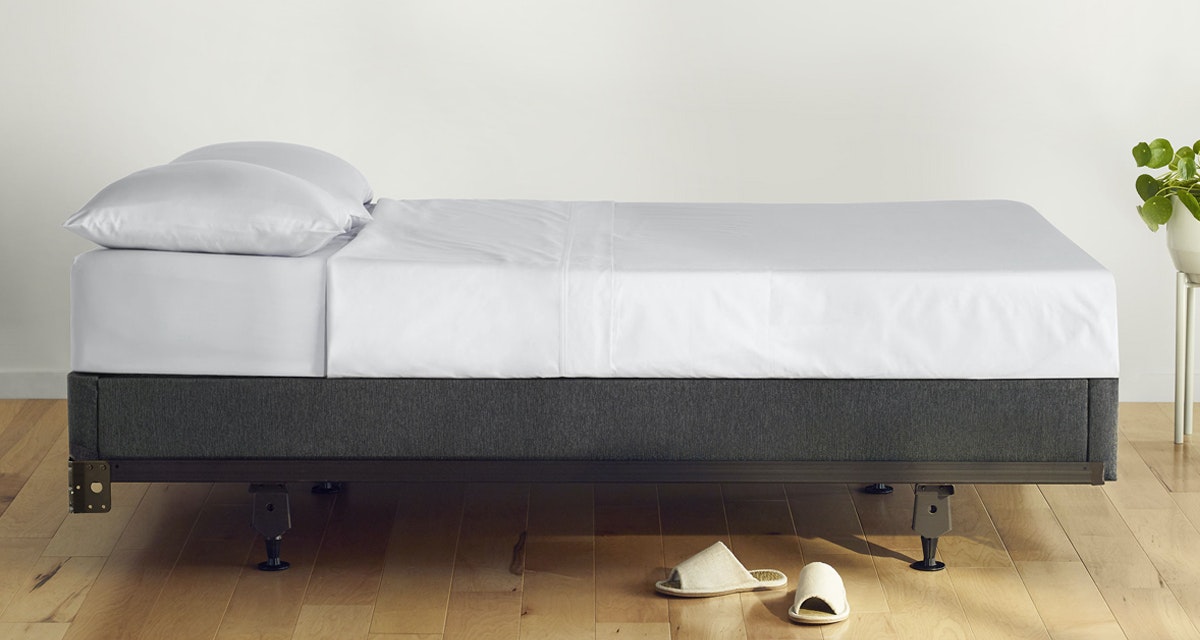
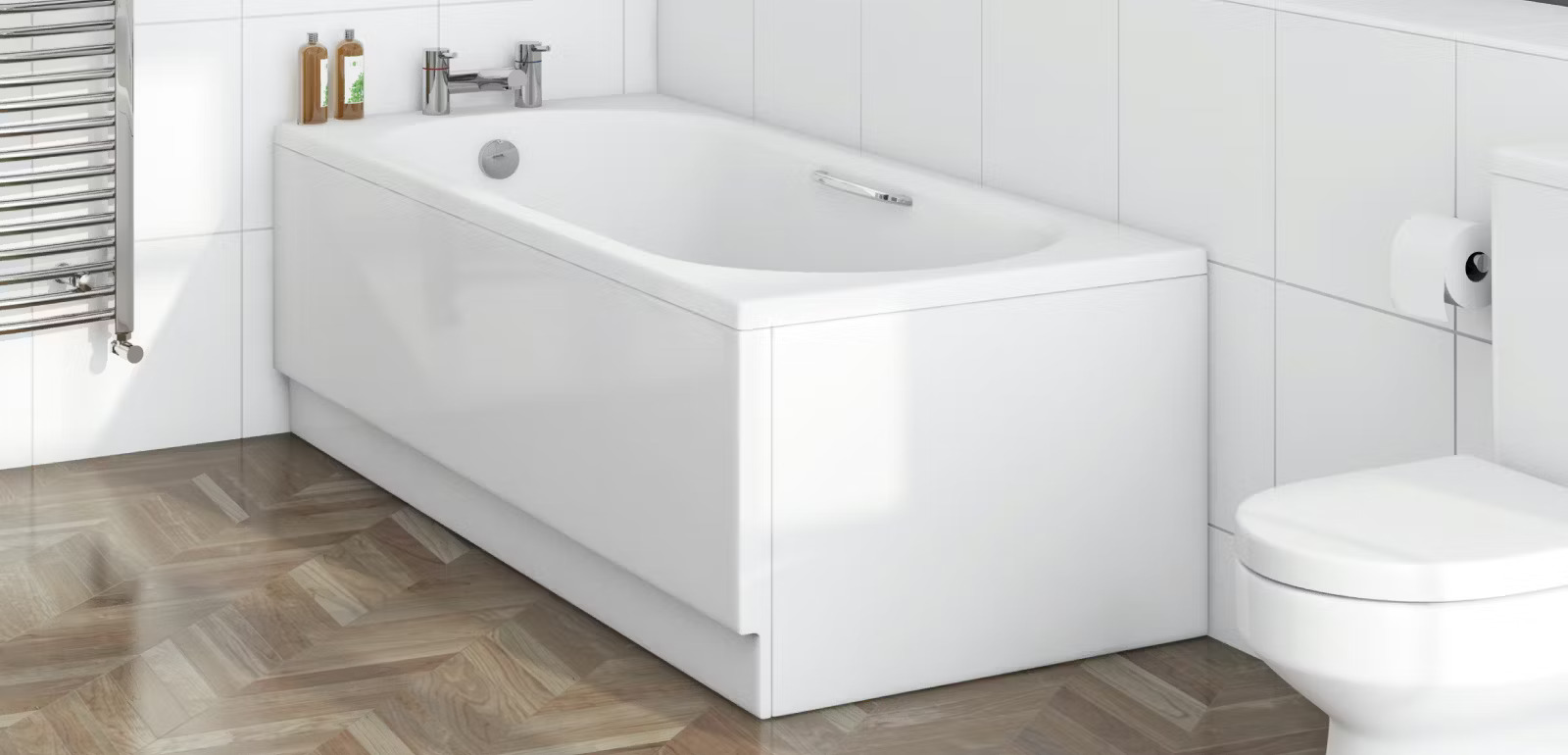
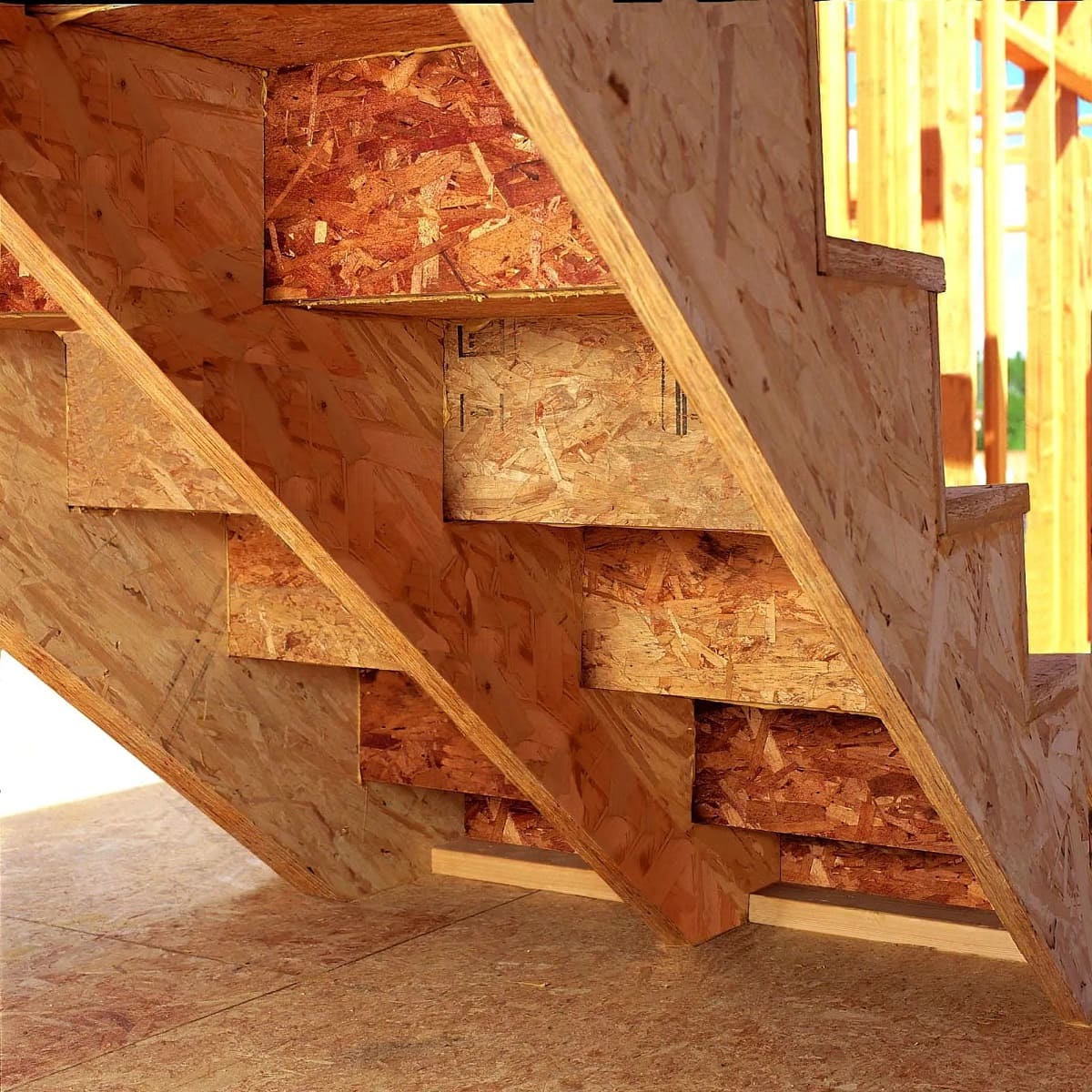
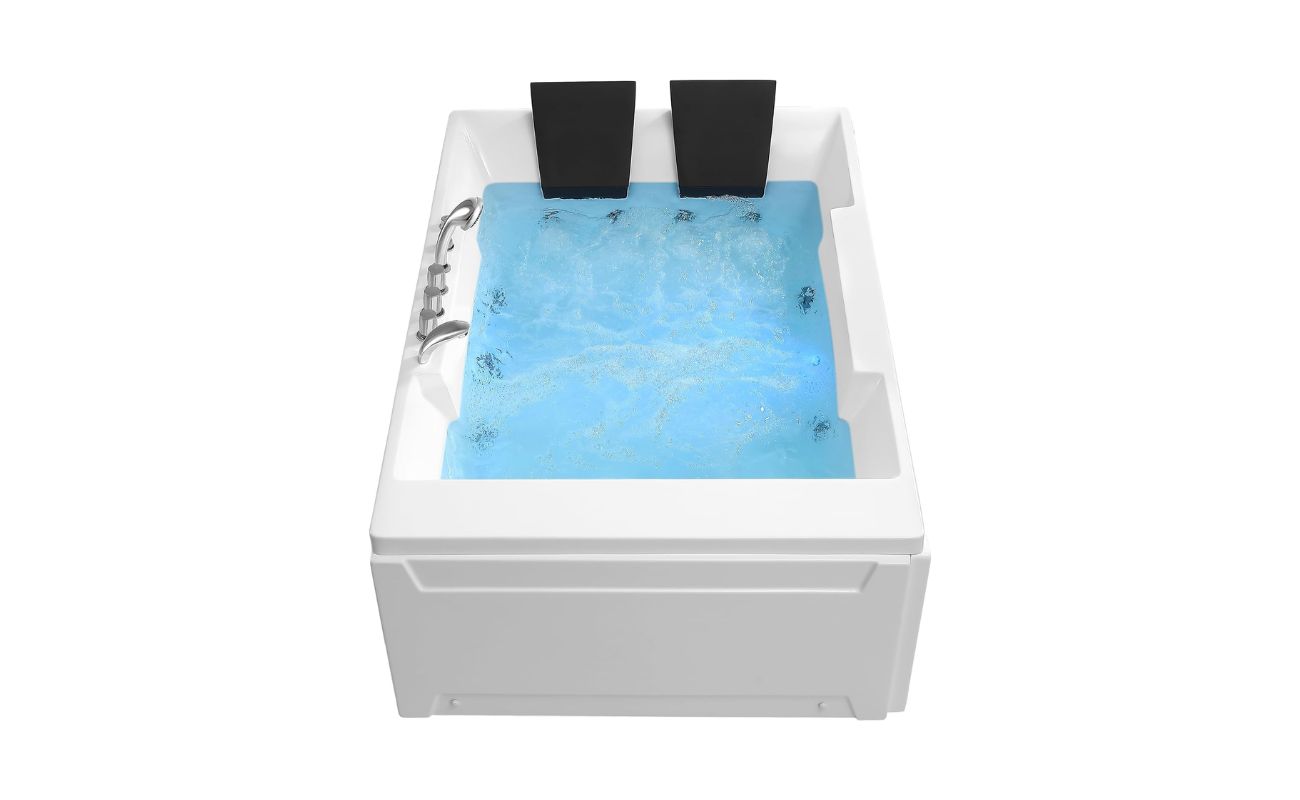
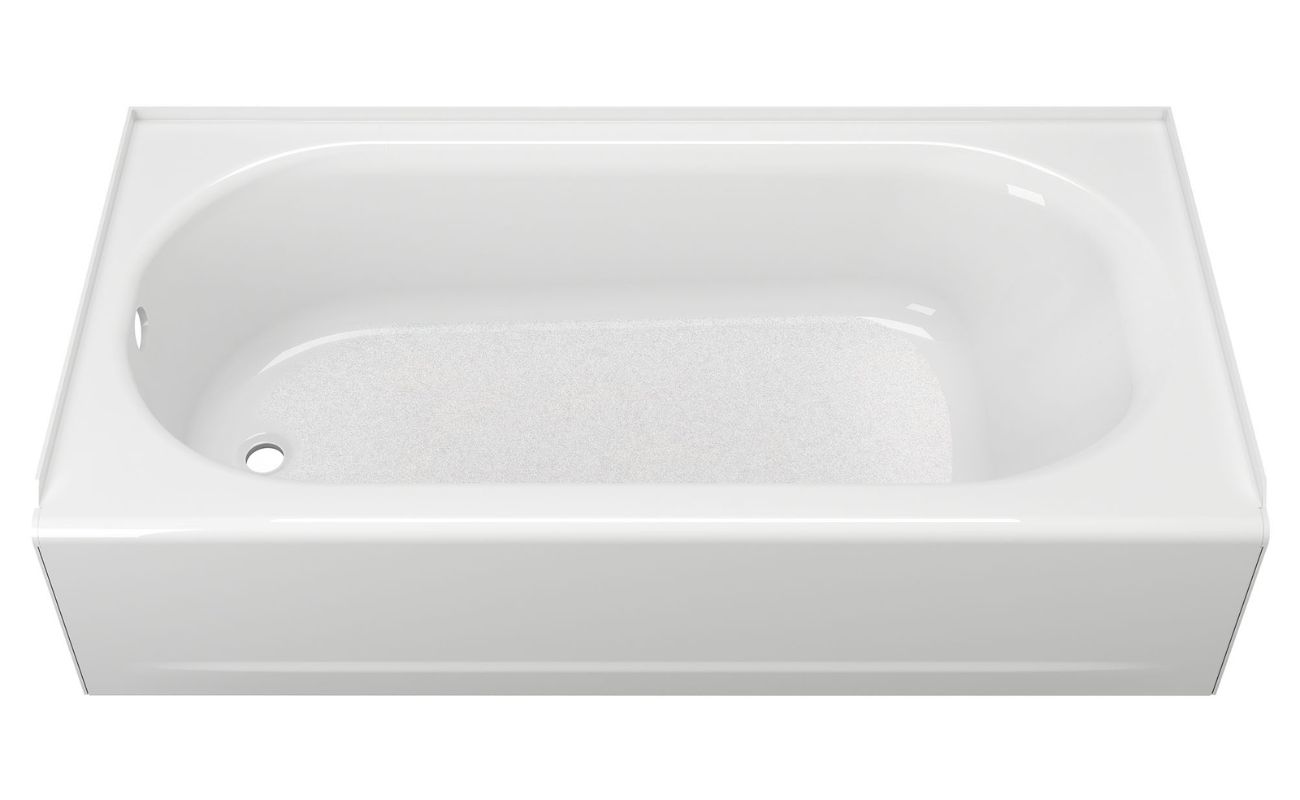
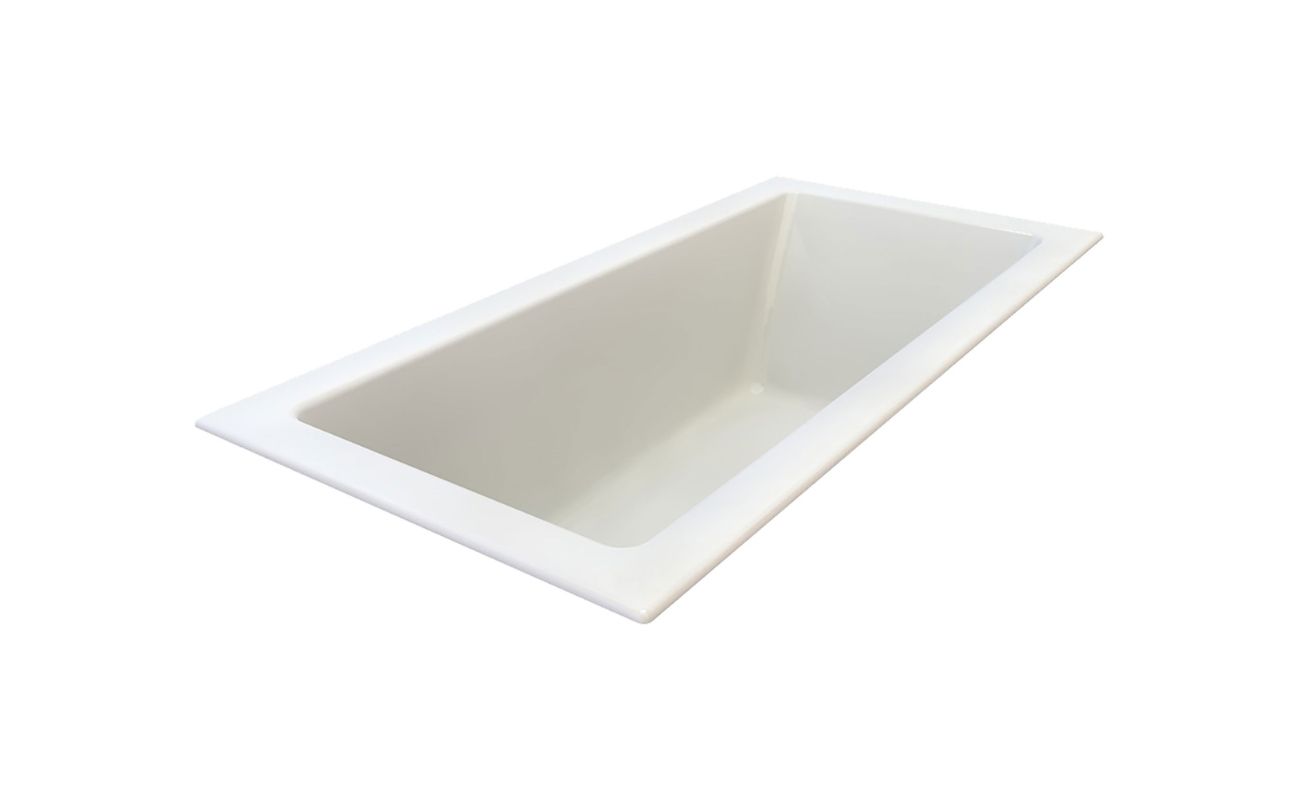
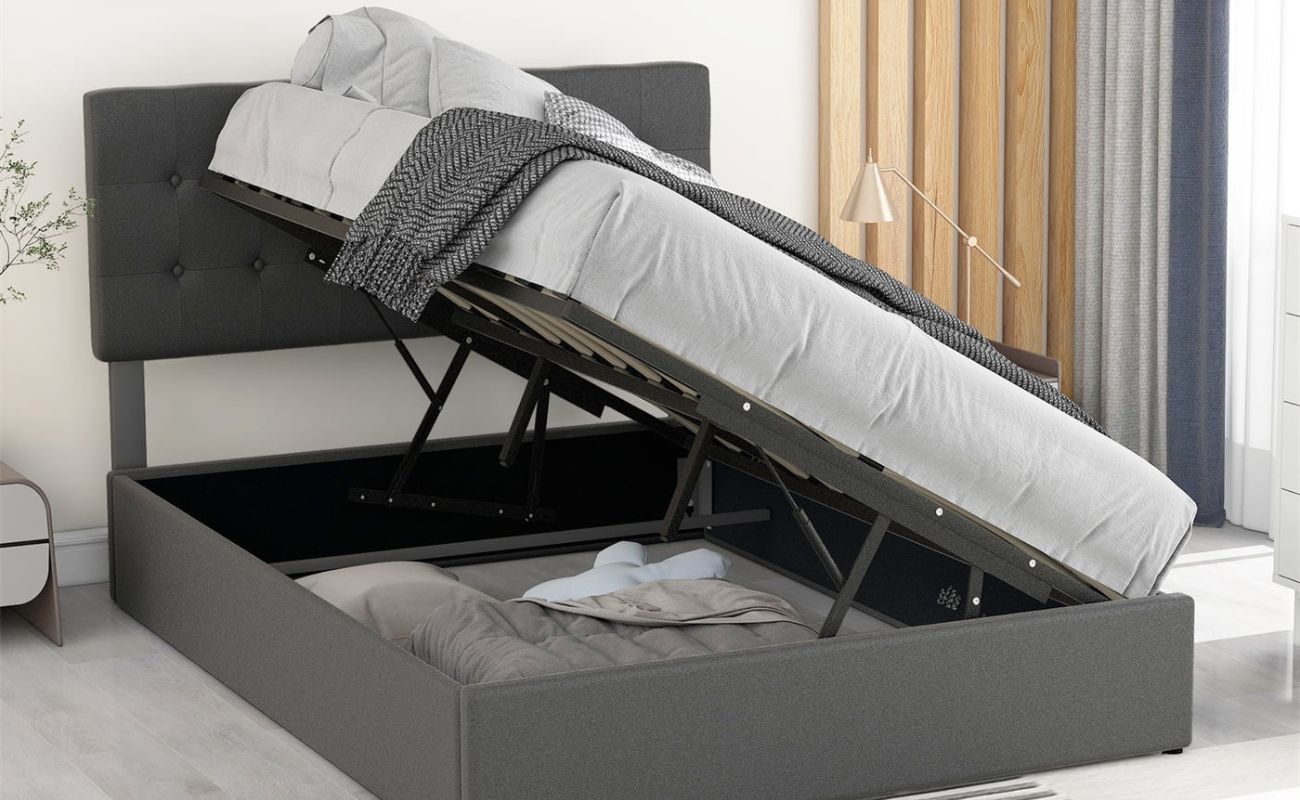
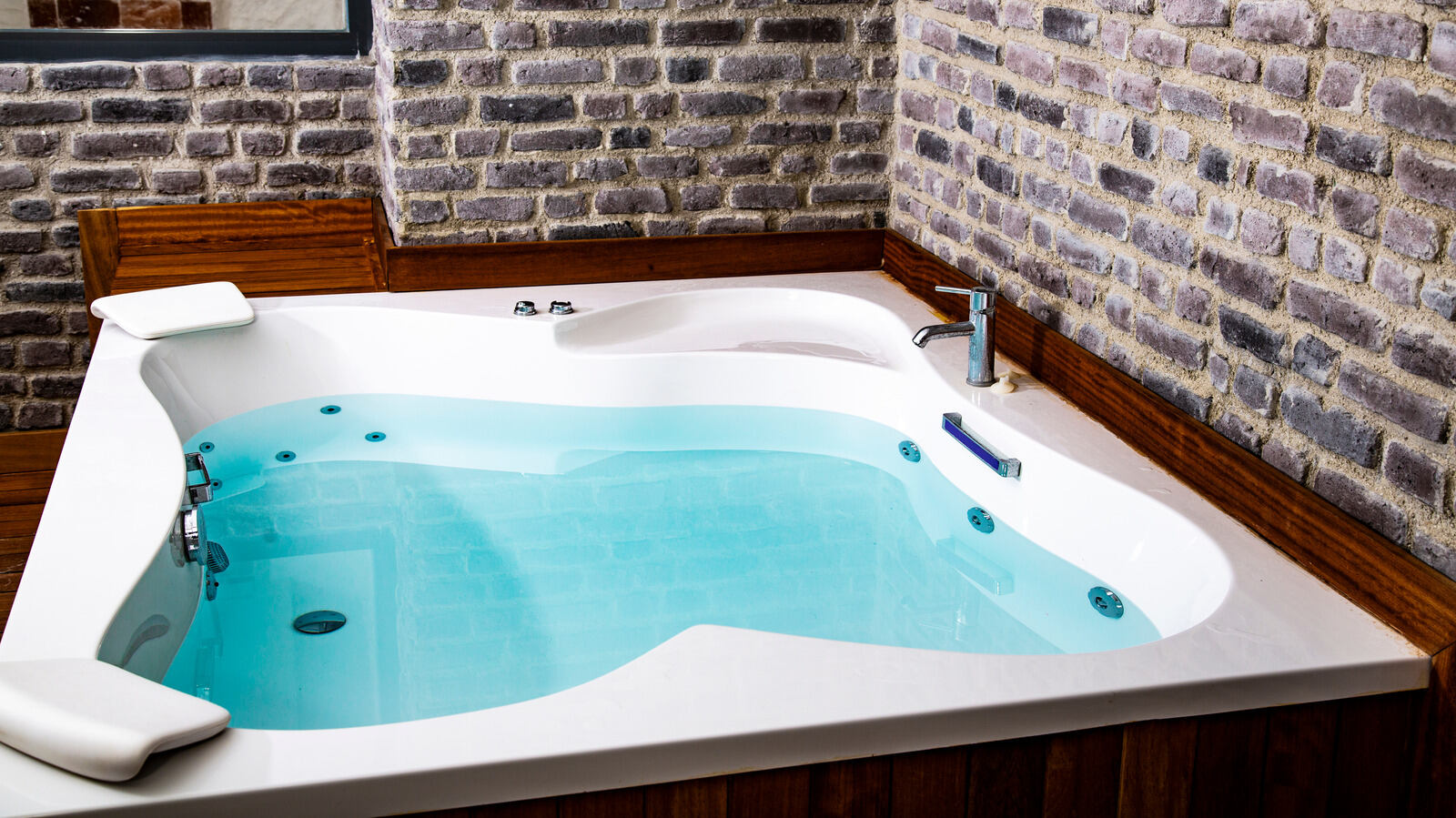
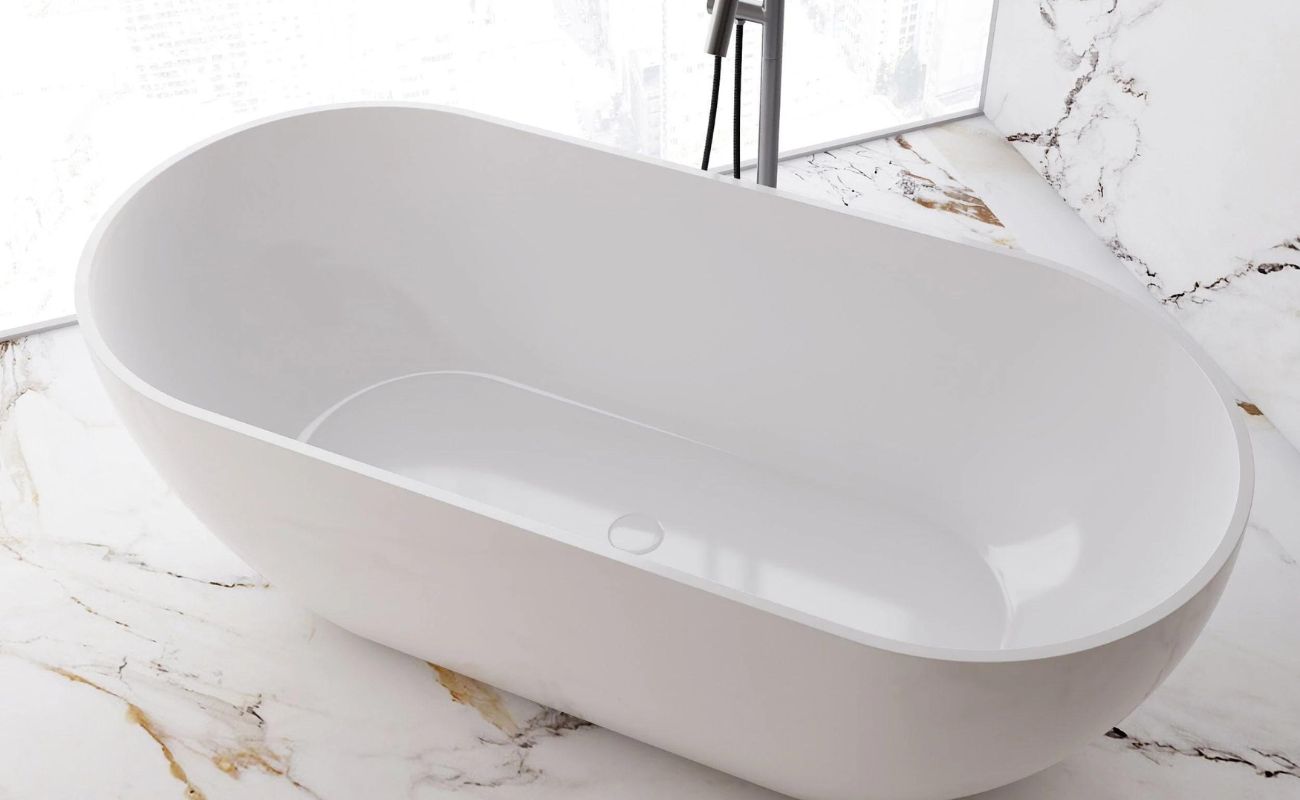
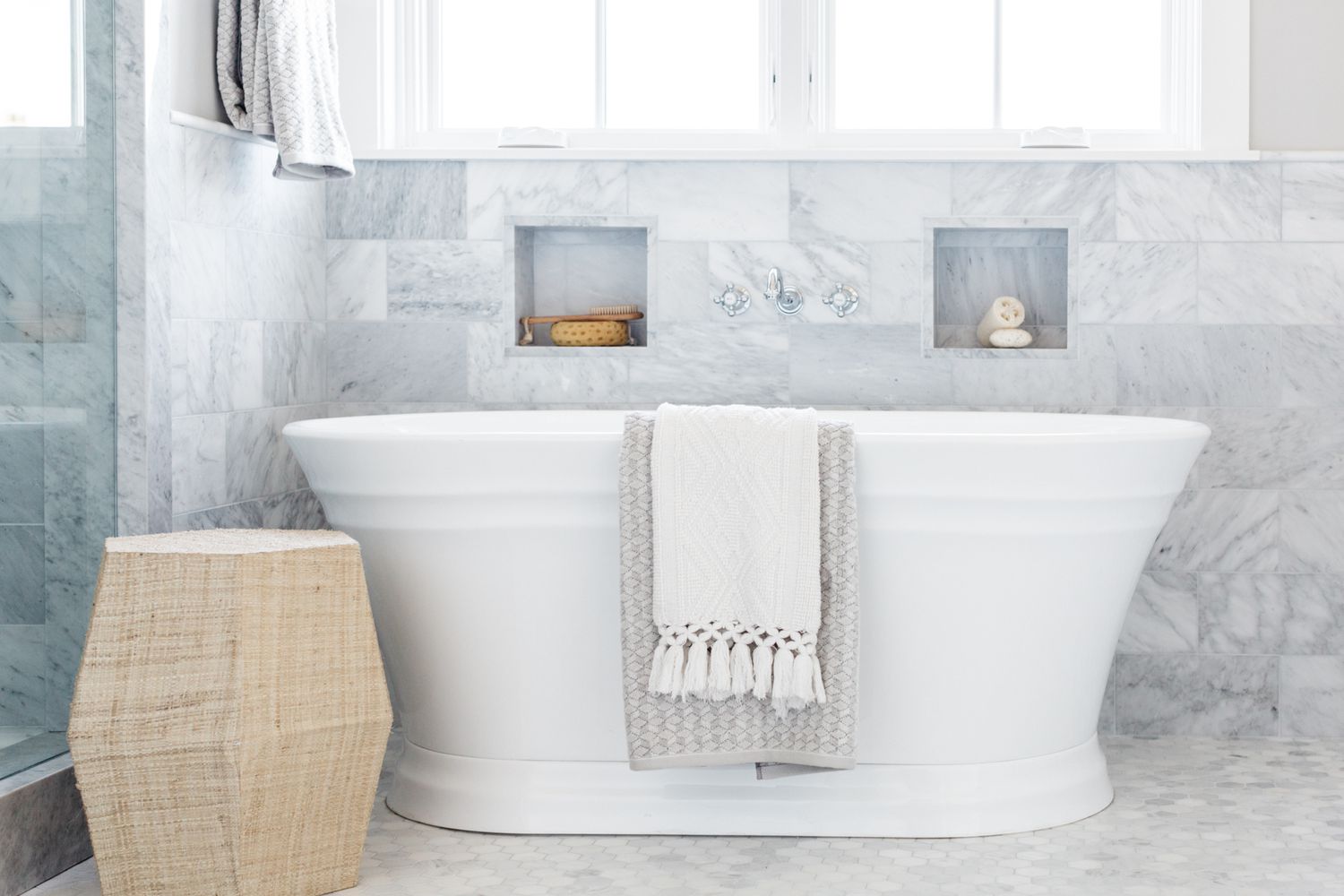
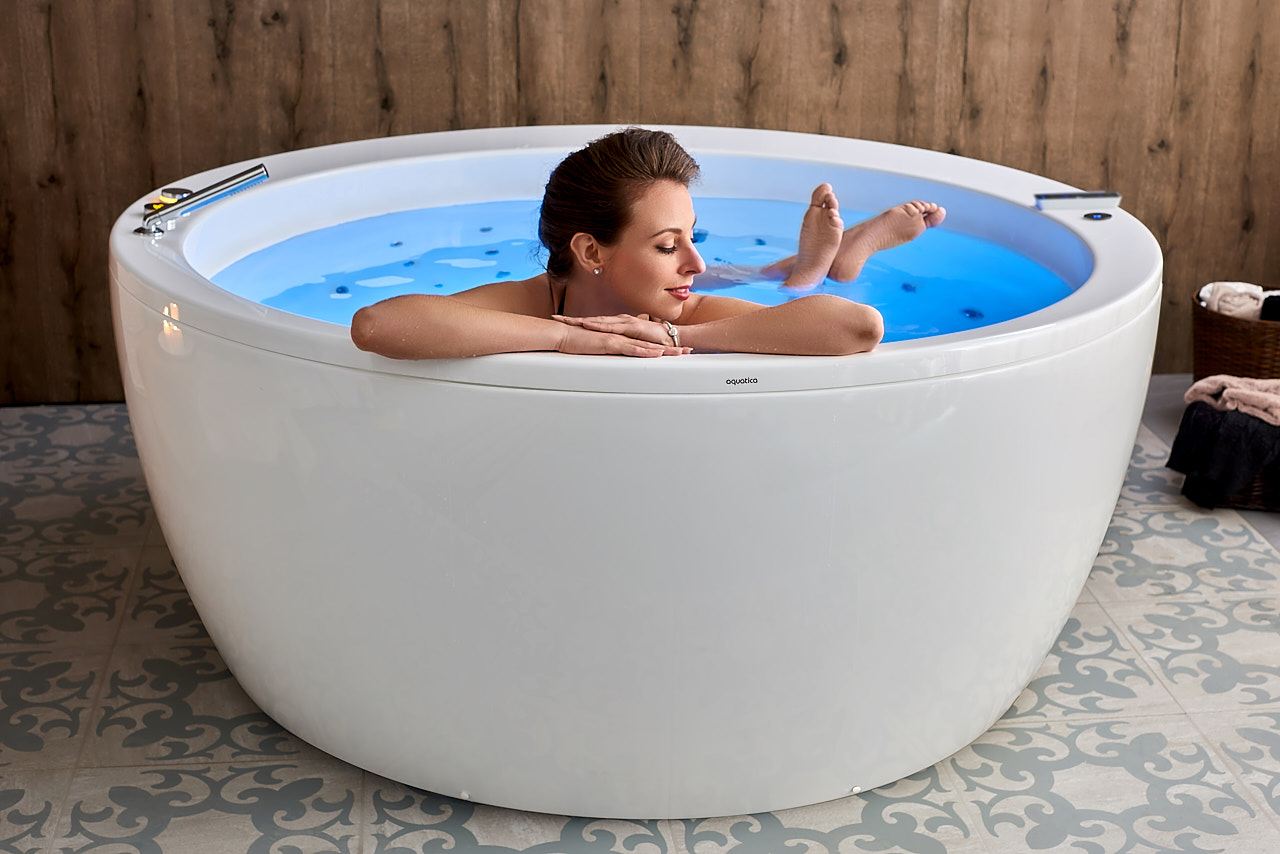

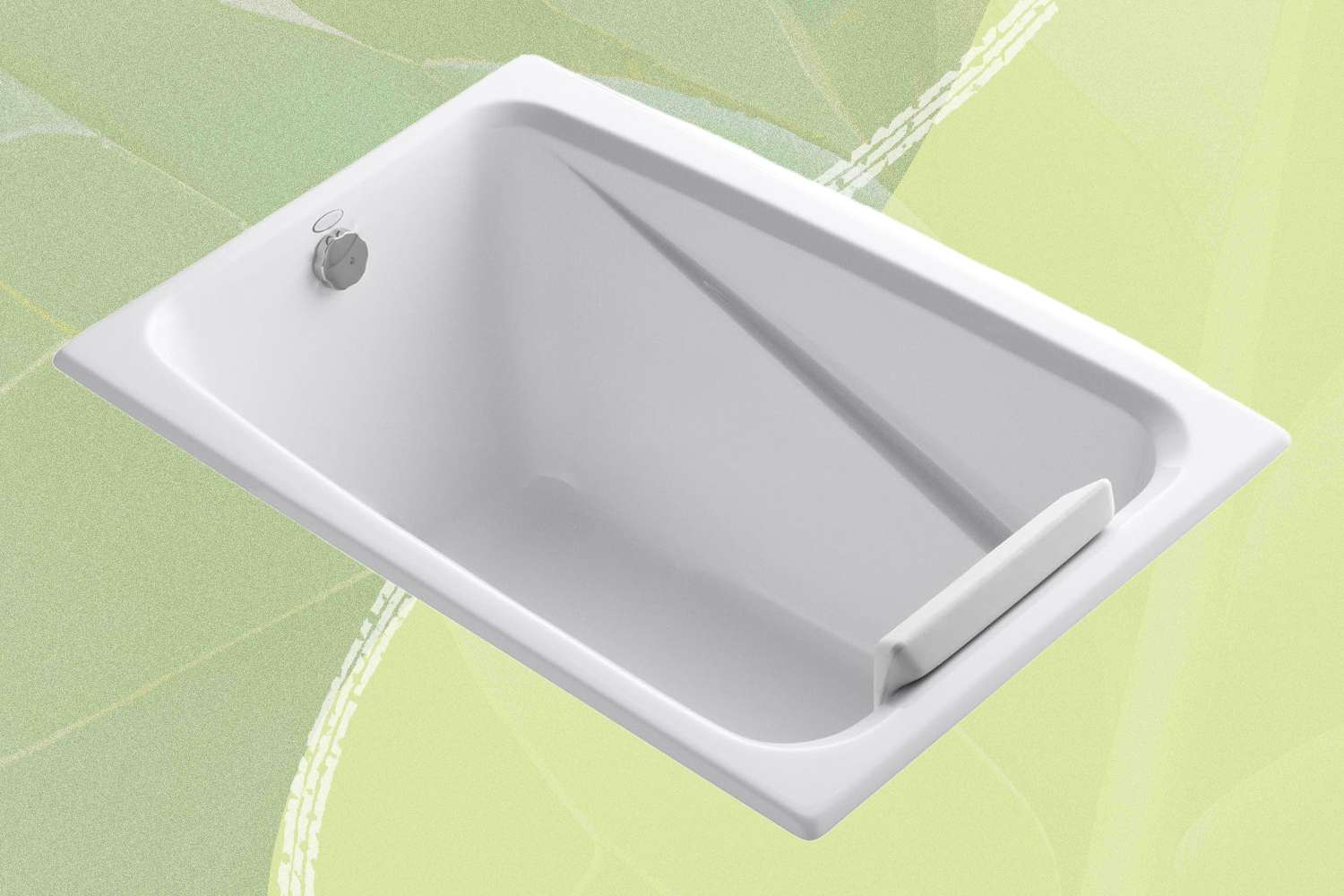
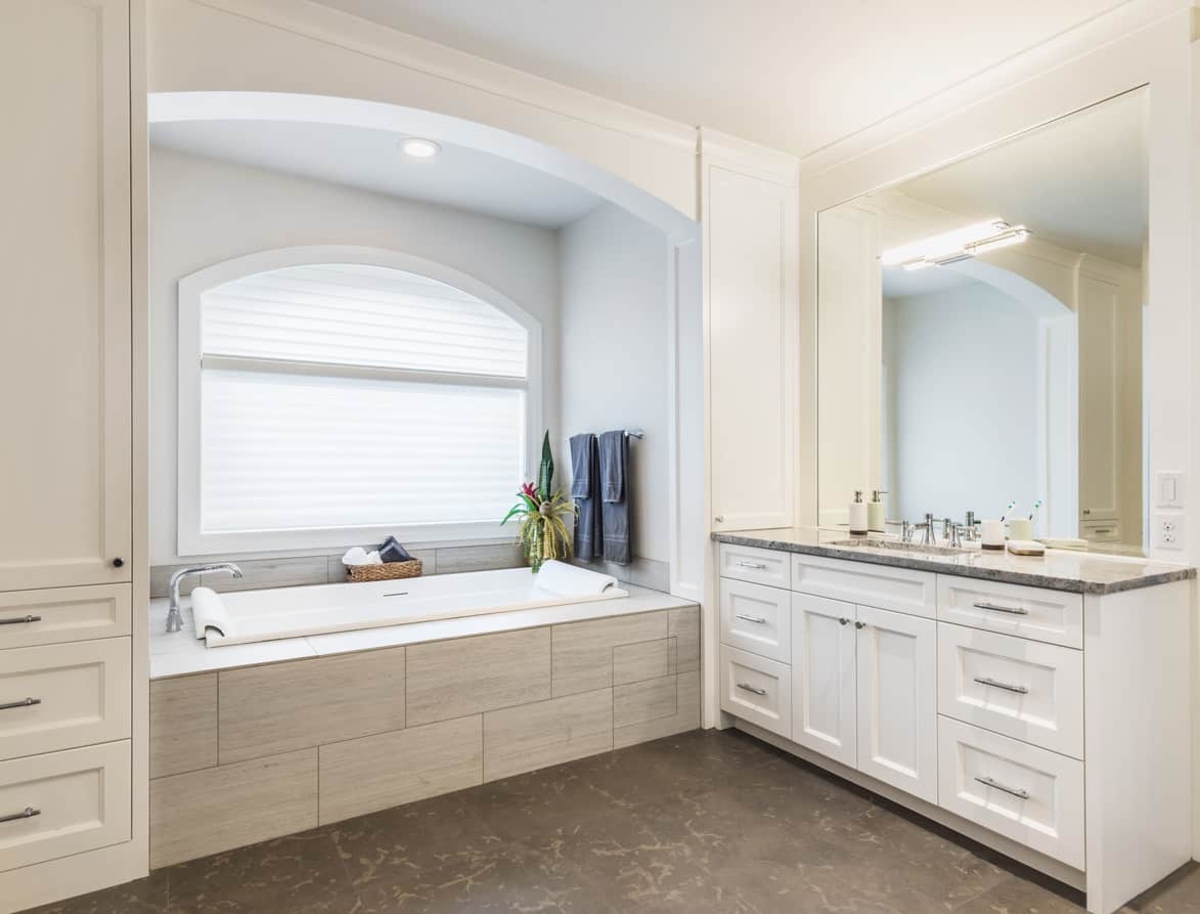

0 thoughts on “What Is Underneath A Bathtub”